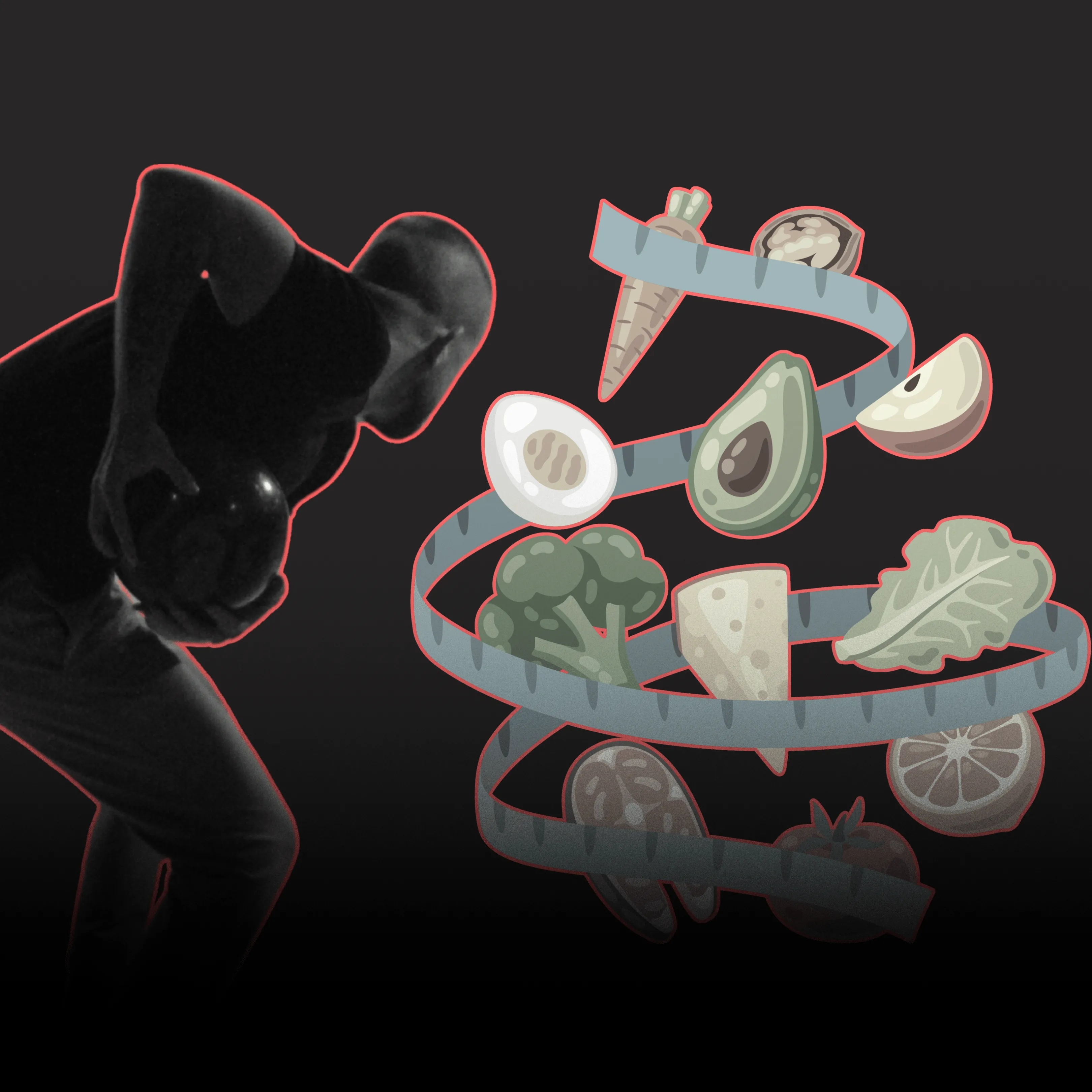If your thumb swells during or after bowling, you’re not alone. The author of this article once had such bad swelling that he had to widen his thumbhole just to fit his thumb in. And once it healed, he needed 18! thumb tapes to snug it back up again. So yes - many bowlers deal with this painful, frustrating issue.
Thumb swelling in bowling creates inconsistant grip, reduces control, and can even lead to injury. It doesn’t matter if you're a casual league player or a pro - the problem can strike anyone.
The good news? Most swelling comes from fixable causes. With smart changes and the right tools, you can keep your thumb healthy and your game strong.
In this article, you'll learn how to prevent swelling, when to rest, and what recovery tools really help. Let’s break it down. This article contains affiliate links. If you purchase through them, BowlingLife may earn a small commission at no additional cost to you. It helps us keep producing free, helpful content for bowlers worldwide.

What Causes Thumb Swelling in Bowling?
Thumb swelling in bowling happens when your thumb faces too much pressure and friction during play.
Every time you grip and release the ball, you create stress on your skin, muscles, and joints. Over time, this leads to inflammation. The tighter the fit, the faster it can happen.
Poor ball fit is one of the main reasons bowlers experience swelling. If the thumb hole is too tight, it restricts blood flow. If it's too loose, your thumb can over-grip, creating extra friction.
Bowlers who squeeze the ball instead of letting it rest in the hand are more likely to get swelling.
Dehydration also plays a role. If your body holds less water, soft tissue tends to swell more under pressure.
In short, swelling comes from a mix of tension, poor fit, and stress. The next section covers how to avoid that.

How to Avoid Thumb Swelling in Bowling
Thumb swelling in bowling is avoidable with the right steps.
Get the Perfect Fit
First, make sure your ball fits your hand. A proper fit reduces pressure and helps the thumb move cleanly.Visit a pro shop to check the thumb hole size and angle. A custom fit makes a big difference.
Avoid Gripping Too Hard
Don’t squeeze the ball. A relaxed grip not only reduces tension but also improves accuracy. If you feel like you have to squeeze the ball to keep it from falling off during your throw, your fit might be off. Visit your local pro shop to get it checked.
Warm Up Your Hand
Before bowling, stretch and warm up your fingers. This increases blood flow and lowers the chance of sudden swelling.
Hydrate Before and During Bowling
Dehydration is the most common cause of swelling we usually see in bowlers. Since most competitions start in the morning - when lymphatic flow is slower due to lower muscle activity -drinking plenty of water can help reduce swelling more quickly. Aim to drink 1–2 liters of water before competition, and continue sipping small amounts throughout your games.
Use Tape Strategically
Next, add bowling tape to adjust tightness. You can layer it to match changes in swelling throughout the day. Thumb tape also reduces skin friction and improves release.
Take Breaks During Play
In long sessions, take breaks between games. Even short rests help your thumb recover and reduce built-up stress. Holding your hand above heart level can also help reduce swelling - this simple trick uses gravity to lower pressure in the blood vessels, encouraging lymphatic drainage.
Cool Down After Bowling
After play, ice your thumb for 10–15 minutes. This helps with recovery and stops swelling before it starts.
These habits protect your hand and help you stay on the lanes longer. Remember - prevention is always easier than recovery.
Switch to Two-Handed
Just kidding—I couldn’t help myself. But seriously, this will definitely help reduce thumb swelling in bowling once and for all!
Best Products to Prevent and Manage Thumb Swelling
Along with good habits, the right tools can help reduce thumb swelling in bowling and speed up recovery.
1. Reusable Thumb Ice Pack
After bowling, icing your thumb is one of the best ways to reduce swelling and pain. Try this Thumb Wrist Ice Pack. It stays in place and delivers targeted cold (and hot) therapy in minutes. We keep one of these in the freezer at all times. It not only reduce thumb swelling in bowling, but also helps with sore wrist joints after league night.
2. Bowling Thumb Tape
Thumb tape is essential for every bowler who use thumb. It protects your skin, adjusts thumb fit, and prevents swelling during long sessions. We recommend VISE Hada Patch - flexible, breathable, and easy to layer.
3. Hand Massager
Using a massage tool boosts blood flow and helps sore fingers recover faster. The Voluart Hand Massager offers deep tissue relief and pressure control. It’s a favorite among athletes dealing with overuse injuries.
No product replaces good grip, but the right tools can help preventthumb swelling in bowling. Combine them with good habits, and your thumb will thank you.
FAQ
Why does my thumb swell after bowling?
Thumb swelling in bowling often comes from poor fit, tight grip, or overuse.Repetitive pressure builds inflammation in the thumb joint and surrounding tissue.
How long does thumb swelling last?
It depends on the cause. Mild swelling may go down in a few hours.But if you're bowling often, it may last days without proper care.
Can thumb swelling be a sign of injury?
Yes. If swelling is sharp, painful, or doesn’t go away, you may have tendon strain or joint irritation. Talk to a doctor before it gets worse.
Should I bowl with a swollen thumb?
No. Though, it is not always possible. Bowling through swelling may cause further damage. Rest your hand and use tape or ice packs to reduce stress on the joint.
What’s the fastest way to reduce thumb swelling after bowling?
Use cold therapy right after bowling. Elevate your hand above heart level, drink plenty of water, and use a recovery tools if needed.





